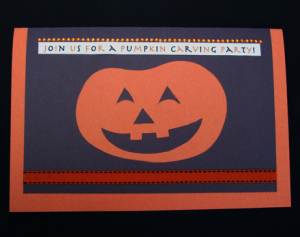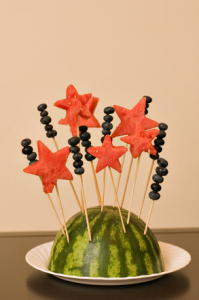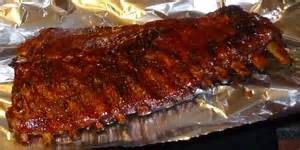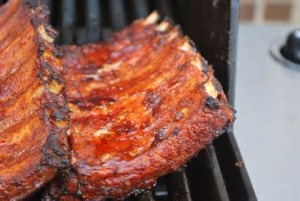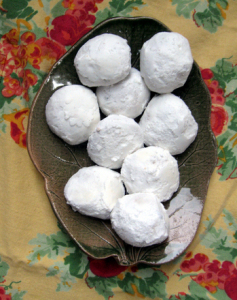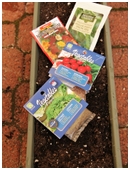Scrapbooking Tools and Tips
Why Scrapbook?
After years of family celebrations, vacations, and holidays, we’re sure you’ve made plenty of memories. Make those moments last for years to come with special keepsake scrapbooks for you and your grandchildren. Plus, you don’t need to be particularly crafty or buy expensive materials to preserve photographs, art work, and other precious documents.
Scrapbooking Tools and Tips
First things first—you’ll need a scrapbook to get started. Your local craft store will have plenty of options, but no matter what you choose, make sure that the book comes with paper that will protect your photos and other keepsakes from deteriorating over time.
A tried-and-true brand is Kolo, which makes memory books in a variety of colors and sizes, plus, their pages, which will serve as the backdrop for your photos, are acid-free—perfect for your archives.
Stick It!
Pretty Papers
Create the perfect backdrop for your memory pages with customized paper. Your local craft store is bound to have dozens of paper options to choose from in a variety of designs.
The standard size is usually 12×12, so make sure your scrapbook matches if you’d prefer not to cut them down. While these papers aren’t required—most scrapbooks come with plain white or black background papers—they serve as an easy way to add color to your book.
Tools of the Trade
Put Your Own Stamp on It
One of the easiest ways to adorn your scrapbook is by using rubber stamps and lively, colorful inks. Stamps range in size from very large (for backgrounds and borders) to small (for accents). For example, to accent a page dedicated to the birth of a granddaughter, you might want to use a baby bottle or “It’s a Girl!” stamp.
Stores like Michael’s and Joanne Fabrics will have tons of stamps in different designs, from basic stars and hearts to ornate landscape settings. You will also be able to find a wide variety of colorful ink pads. Plus, many holiday stamps can be recycled for other craft projects, like cards and gifts.
Knockout Punches
Accessorize with Stickers
As you compile photos and other keepsakes (movie stubs, sports tickets, etc.), organize them into themes or events that you can build pages around. Then, when you hit the craft store, make sure to browse the sticker section for sets that match.
Jolee’s makes sticker sets for just about every occasion, from birthdays and holidays to vacations and sporting events. Look out for their dimensional collection to give your scrapbook depth.


